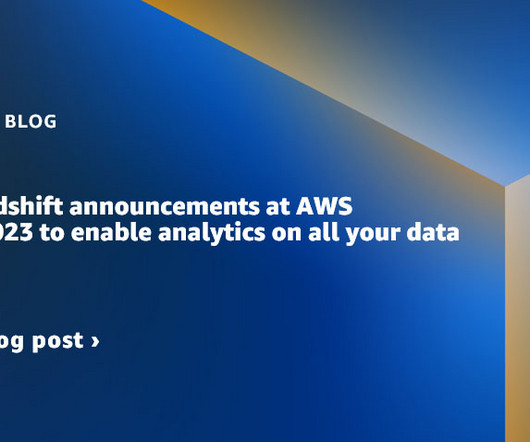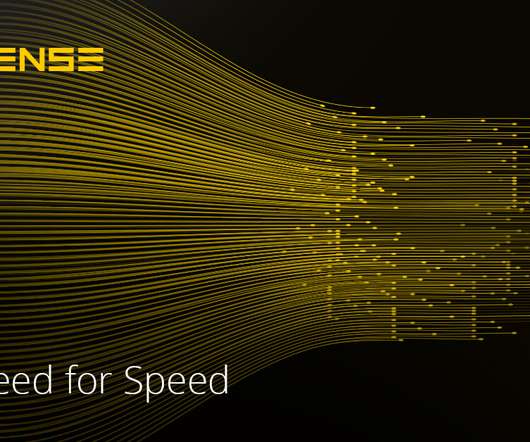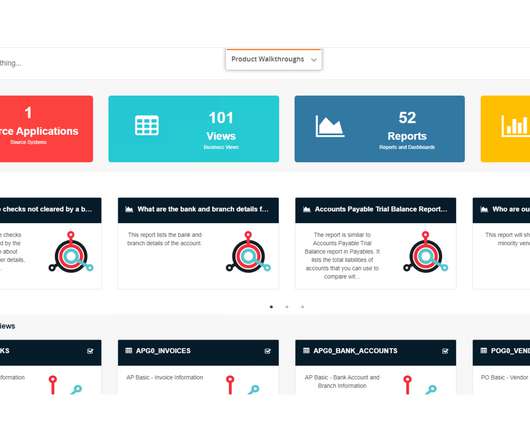Data’s dark secret: Why poor quality cripples AI and growth
CIO Business Intelligence
APRIL 8, 2025
We also examine how centralized, hybrid and decentralized data architectures support scalable, trustworthy ecosystems. As data-centric AI, automated metadata management and privacy-aware data sharing mature, the opportunity to embed data quality into the enterprises core has never been more significant.






















Let's personalize your content